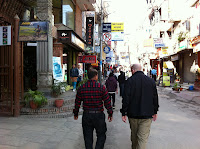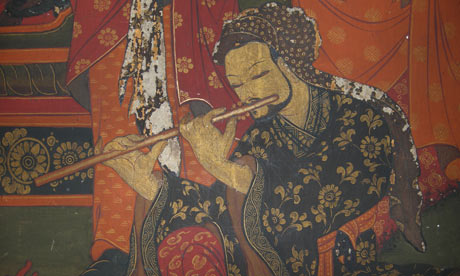
In the past 5 years, the traditional seed mala has undergone a change. Heavy demand for the Bodhi seed in China and other parts of Buddhist Asia have made it next to impossible to find quality bodhi seeds. The most sought after beads are the smallest bodhi seeds, and while they have always been hard to find and expensive, they are now completly unavalible to the avrage person, with malas selling for hundreds of dollars each in Nepal.
Large bodhi seeds are still readily available, we put away tens of thousands of beautiful 11mm bodhi seed beads a few years ago and we have been making our custom malas with this store of beads. The commonly available bodhi seeds are now 14mm which make for a rather large mala. While still used by monks and laypeople in Nepal, our customers have been asking for a smaller seed mala and we have found a great source for them in Nepal.

Raktu seed malas have been around for a long time, grown in Nepal at high altitudes the raktu seed (like the bodhi seed) is sustainable, gourgeous and much more available. Raktu beads are 8mm making them a perfect size for those seeking a smaller mala then the every growing bodhi malas.
We also have a large selection of wood beads made of sandalwood, red sandalwood, and rosewood. These beads can be made in any size and we carry 6mm to 9mm beads.




























